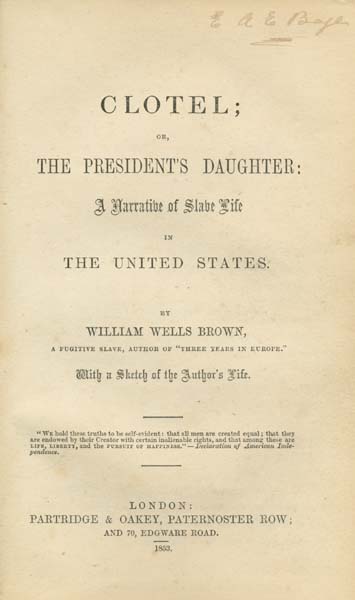Making the Mexican Diabetic: Race, Science, and the Genetics of Inequality by Michael J. Montoya (review) [Wentzell]Posted in Anthropology, Articles, Book/Video Reviews, Health/Medicine/Genetics, Media Archive, United States on 2014-09-29 21:17Z by Steven |
The Americas
Volume 71, Number 1, July 2014
pages 179-181
DOI: 10.1353/tam.2014.0105
Emily Wentzell, Assistant Professor of Anthropology
University of Iowa
Montoya, Michael J., Making the Mexican Diabetic: Race, Science, and the Genetics of Inequality (Berkeley: University of California Press, 2011)
Michael J. Montoya investigates U.S.-based genetic research and discourse asserting Mexican-American susceptibility to type 2 diabetes, to reveal “the role of genetic research in the persistent use of race to divide populations in society at large” (p. 12). Montoya makes the importance of this project clear, situating it in a sociocultural context where genetics suffuse our understandings of humanness, identity, and sickness, and where folk taxonomies of race—which Montoya understands as embodiments of group-based oppression—are simultaneously contested and enduring. His chapters follow blood samples and their use from donation, though abstraction into datasets and analyses, to market and the popular cultural deployment of the scientific claims they generate. Montoya reveals how each of these moments entails the construction of scientific objects, including the recasting of borderlands residents who cannot afford healthcare as humanist donors, the elision of folk taxonomies of race into bodily attributes on the population level, and the construction of “the Mexican American population” as a homogenously admixed ethno-racial group. These chapters also illustrate the process of what Montoya terms “bioethnic conscription,” in which “ethnicity comes to be construed as meaningful for scientific research,” supporting genetic or clinical claims (p. 26) and obscuring the social origins of human difference and sickness. Overall, this book reveals how broader contexts of oppression lead well-meaning researchers to further the biologization of inequality into ethno-racial categories, which pathologize and homogenize the oppressed while obscuring the material causes of sickness.
This work builds on the best foundations from anthropology and STS, wedding attention to the co-construction of society and science with an anthropological eye to material and social realities. Montoya’s resistance to dualities when investigating science-race relationships is at the same time a resistance to reductionist traditions. Avoiding oppositions between biology and society, he productively frames biology as part of society to understand how embodied inequality can come to look like racial disease susceptibility, and how broader social phenomena, like the existence of racial labels, filter into biological research.
He similarly complicates debates about the use of race in science. Pointing out that scientists are themselves wary of naturalizing race, Montoya sees that simply identifying their failures is a dead end. Instead, he investigates how even those seeking to avoid biologizing folk taxonomies of race participate in broader cultural assemblages that reinforce them. His claims draw authority from his impressive engagement with scientific practice and fluency in the language of genetics, which enable him to avoid critiquing a scientific straw man.
Such analysis draws on remarkable ethnography. Montoya conducted extensive participant observation in multiple sites of an international diabetes research consortium. This research yields data on geneticists’ daily practice in offices in Chicago, DNA sample collection along the U.S.-Mexico border, and diabetes research conferences, as well as the resulting documents such as grant proposals. Linking rich ethnography with equally rich analysis, Montoya shows readers how interactions in these sites illustrate widely varying uses and even critiques of ideas of race which ultimately, because of broader social forces, revivify ideas of human difference that perpetuate inequality. Montoya clearly situates himself in the work, discussing his intellectual and social background and its relationship to the development of his project; graduate students designing their own fieldwork will find this instructive.
This book is a must-read for scholars seeking an ethnographically grounded yet highly theoretical read on science, sickness, race and Mexicanness. It reveals relationships between race, science, and context that should be widely understood, and Montoya expresses hope that a broadly interdisciplinary readership might apply these insights. However, this aim of applicability might be thwarted by the book’s impressive but dizzying linkage of analyses to relevant theories from multiple disciplines, as well as its inclusion (especially in the introduction) of rafts of provocative questions that will not be explicitly answered. Somewhat ironically, given Montoya’s engaging discussion of a geneticist critiquing an ethnography of science’s emphasis on “philosophy shit” (p. 128), this work uses high-level theory in a way that will excite social scientists but overwhelm others. While excerpts (especially the engaging sections analyzing rich ethnography) would be useful for undergraduate classes on medical and cultural anthropology, race…




